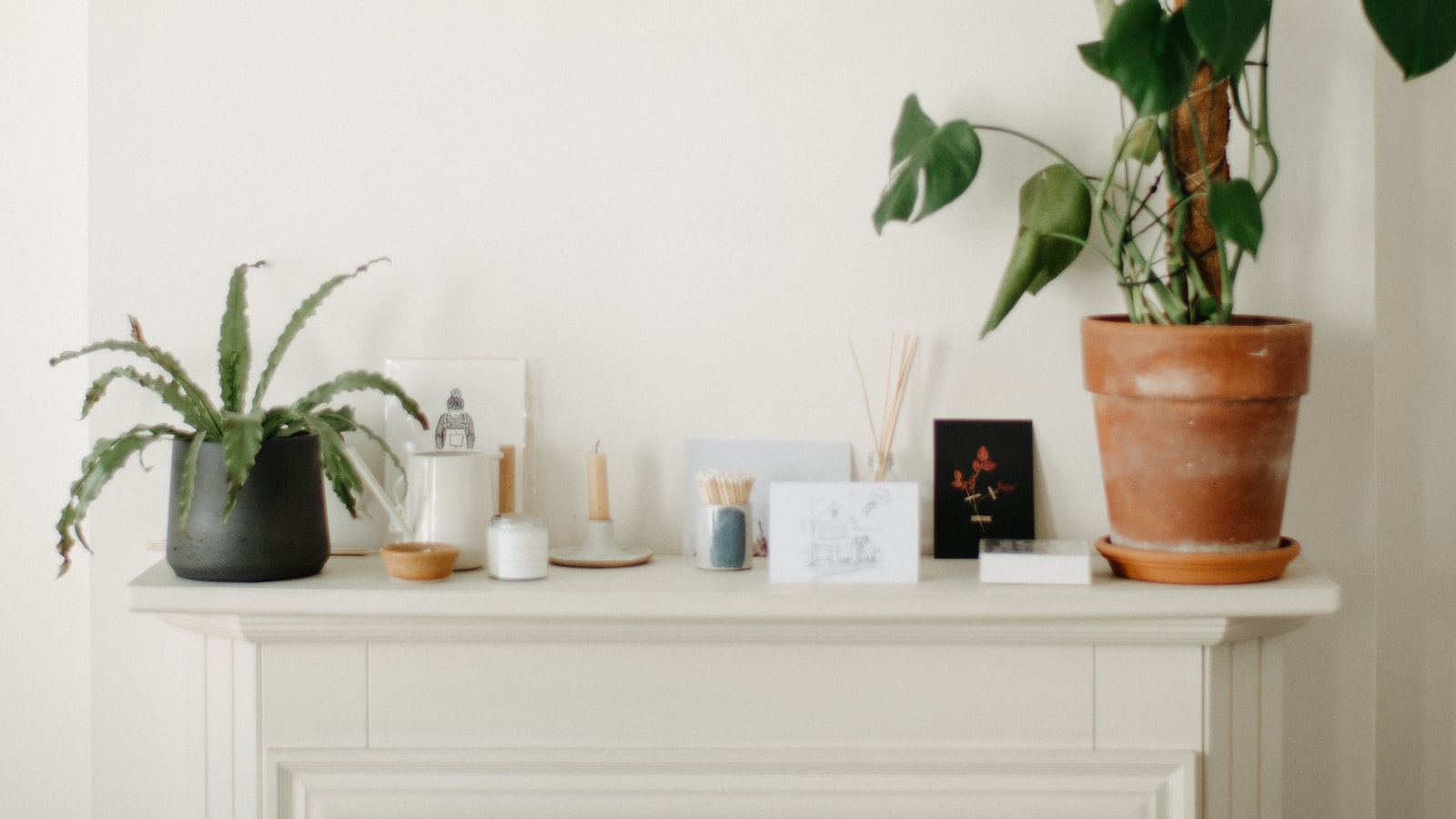Growing Peppers Indoors – Guidelines & Tips
Growing peppers indoors can be a rewarding experience for gardeners of all skill levels. Peppers are a great way to add a variety of eye-catching colors and flavors to your diet. With the following guidelines and tips, you’ll be able to produce your own plump, sweet peppers right from the comfort of your home.
Choosing the Right Variety
Choosing the right type of pepper is the first step to successful indoor pepper growing. There are hundreds of different pepper varieties, so it can be overwhelming trying to decide what type to grow. Generally speaking, the smaller pepper varieties such as bell peppers, jalapenos, and habaneros are well-suited for indoor growing. Avoid choosing large pepper varieties such as poblanos or bell peppers as these can take up more space and require more light than most indoor gardens can provide.
Providing the Right Soil and Light Conditions
Once you have chosen the variety of pepper to grow, the next step is to provide the right soil and light conditions for your pepper plant. Peppers need plenty of warmth and sunlight to thrive, so make sure to provide adequate light for your peppers. If you have a south-facing window, this is the ideal spot for your pepper plant as it will get the most direct sunlight. If this isn’t available, you can also consider investing in LED grow lamps to provide your peppers extra light.
In addition to providing light, it is essential to use a well-draining soil mix with a neutral or slightly alkaline pH for your pepper plants. Try to plant your pepper in the soil as soon as possible as the roots of younger plants have not grown too deeply into the soil. This makes it easier for the plants to absorb nutrients from the soil.
Watering & Feeding Your Peppers
Pepper plants need to be watered consistently, but don’t overdo it or you may cause root rot. Aim to keep the soil evenly moist, but not soggy. You can also consider using humidifiers or adding mulch to help retain moisture in the soil.
Feeding your pepper plants is also important for their health. If you are using a commercial potting mix, it is likely that it contains sufficient plant nutrients. If not, add some compost or a slow-release fertilizer to give your pepper plants the nutrition they need. As the peppers mature, you can give them a gentle liquid fertilizer or add calcium to the soil if you know your peppers are low in this important nutrient.
Protecting Your Peppers from Pests
Another important aspect of growing peppers indoors is protecting them from pests. Insects such as aphids, spider mites, and whiteflies can wreak havoc on your pepper harvest if left unchecked. To prevent these pests, you can spray your pepper plants regularly with a natural insecticide. Additionally, make sure you are consistently checking for signs of pests and inspect your peppers often.
Harvesting Your Peppers
Harvest your peppers when they are fully ripe and their colors have darkened. If necessary, you can use scissors to cut the pepper from the stem. Be sure to handle the peppers delicately to avoid damaging them. After harvesting, it is important to store your peppers in a cool, dry place and use or freeze them within a few days for optimal freshness.
Conclusion
Growing peppers indoors can be an enjoyable and satisfying experience for anyone interested in gardening. With the right soil, water, and light conditions, you can easily produce a high-quality harvest of flavorful and healthy peppers. Follow the above guidelines and tips, and you’ll be sure to have a successful pepper growing season.



